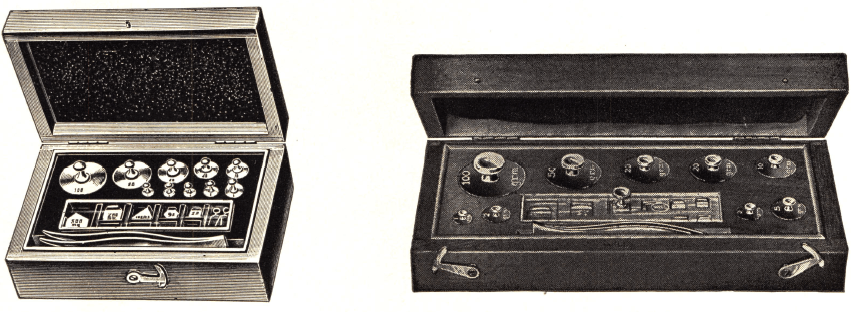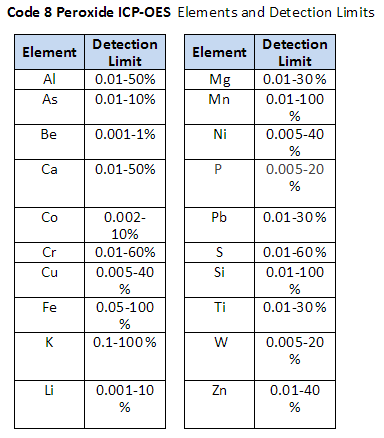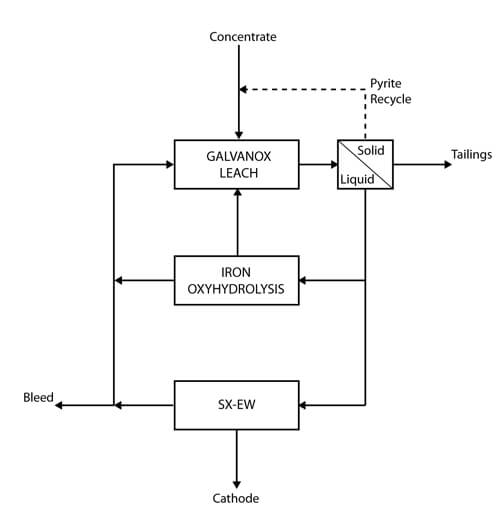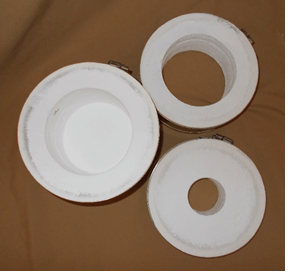Colorimetric Analysis of Copper Assay Method by Color

Colorimetric Assays Colorimetric Assays are assays in which the colour imparted to a solution by some compound of the metal to be determined is taken advantage of; the depth of colour depending on the quantity of metal present. They are generally used for the determination of such small quantities as are too minute to be weighed. […]
Mineral Processing Laboratories

Finding a good and the right mineral processing laboratory and have your testing filled properly is important. Most metallurgical laboratories now are actually specialized. They will claim to “do-it-all” while what they can actually do truly depends on who their current staff is. You have hear the cliché on people are our greatest asset? Well, it […]
Laboratory Methods of Sample Preparation

Sample preparation method and Laboratory sampling procedures involve either: Coning and Quartering; or Riffling Method. Coning and Quartering for sample preparation techniques/method The method which is used for sampling large quantities of material say 20kg, consists of pouring or forming the material into a conical heap upon a solid surface (e.g. a steel plate) and relying on […]
Analytical Balance Weights

WEIGHTS, Students’ Analytical—Brass weights are tall form, slightly conical, with fractionals of aluminum under glass cover. They are fitted in a well polished hardwood box, mahogany finished with hinged cover, velvet lined. Each set is supplied with a pair of forceps and with one each 5 mg. and 10 mg. aluminum rider. WEIGHTS, Semi-Analytical—Adapted for student use […]
Laboratory Pulverizers

The use of a laboratory pulverizer is a must before sending any soil or test sample for XRF, titration, ICP or other assay method; you need to pulverize or fine grind a dry representative portion of the rock sample using what is commonly called in the laboratory language of sample preparation a laboratory pulverizer. Any […]
What Ore Testing is Required For Mill Selection

Beginners might ask what grinding test data is required in order to properly size a grinding mill. After the grind requirements are established, testing for the selection of comminution circuits and mill size can be initiated and can include the following: Primary Autogenous Media Competency Primary Autogenous and Semi-Autogenous Pilot Plant Secondary Autogenous (Pebble) Testing […]
Copper Assay Method Review

If we review the Code 8-Peroxide ICP-Sodium Peroxide Fusion ICP (Sodium peroxide fusion, acid dissolution followed by ICP/OES) This method is fine for the copper total assay. That is all that should be used for the balances of flotation tests. If taking the copper sulphide number (Cu(s)) ie: the total copper number and subtracts the “copper […]
Galvanox Copper Leaching Process

The following is a description of the testing procedure for scoping studies for candidate Galvanox Process materials and concentrates. This document will cover both the procedure for individual tests as well as considerations and strategies for testing regimes. Galvanox testing regimes will be different depending on the mineralogy, grade, particle size distribution, pyrite:chalcopyrite ratio […]
Monster Patch for KK-8 Melting Furnace Kiln
We offer another product for repairing the liner after a serious spill. Monster Patch is made up of alumina silicate fibers in a thick, moldable, super sticky base that can be applied up to ½” thick at a time. Monster Patch is a bit difficult to work with, however the material can be thinned with […]
KK-8 Kiln Furnace Liner Maintenance

Three products are supplied with the KK-8 for optimizing and extending the life of the kiln liner: Liner Restore, Armor Coat and Spill Stop. All three products must be kept from freezing, or they will become unstable and unusable. Restored Kiln Sections Liner Restore is an alumina silicate based viscous material that is designed for […]
